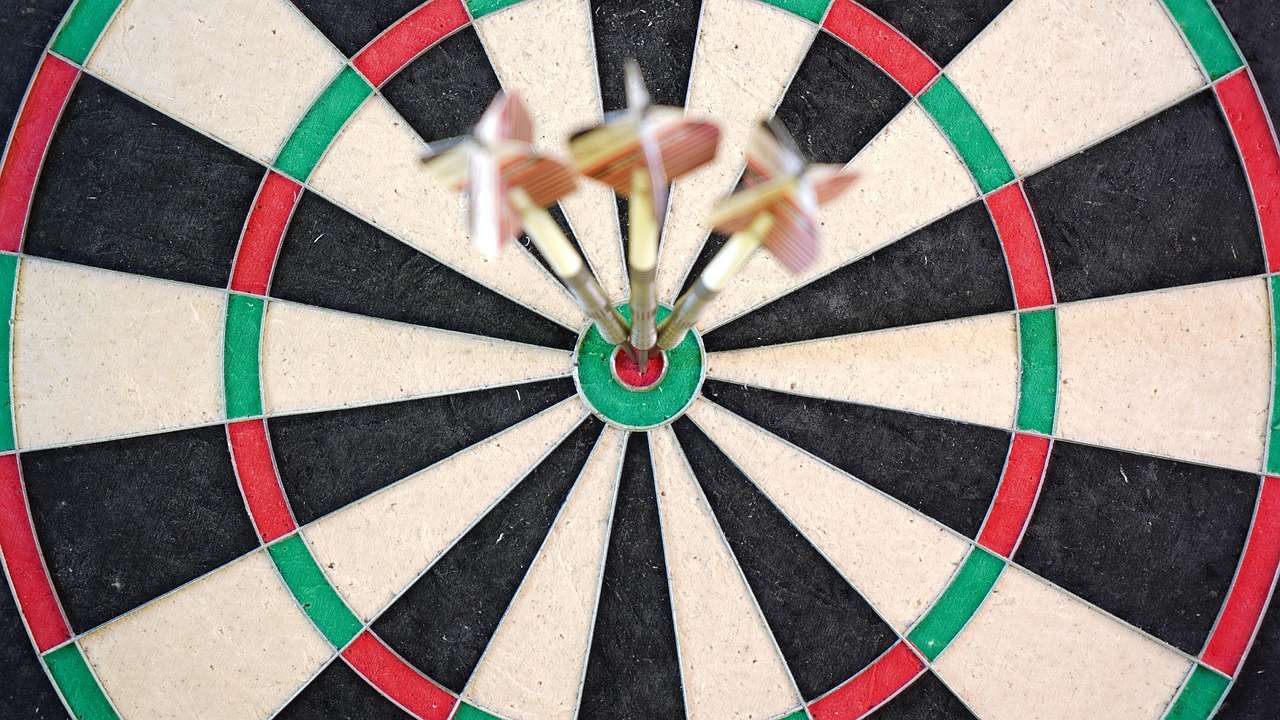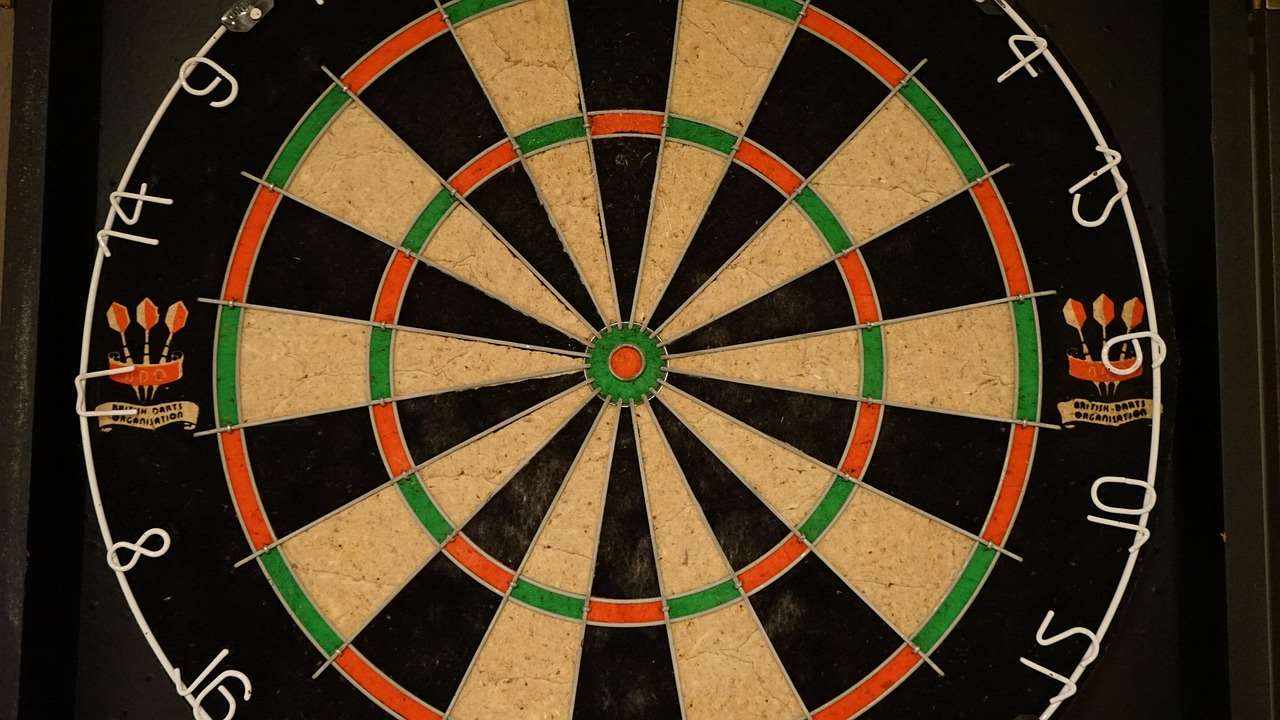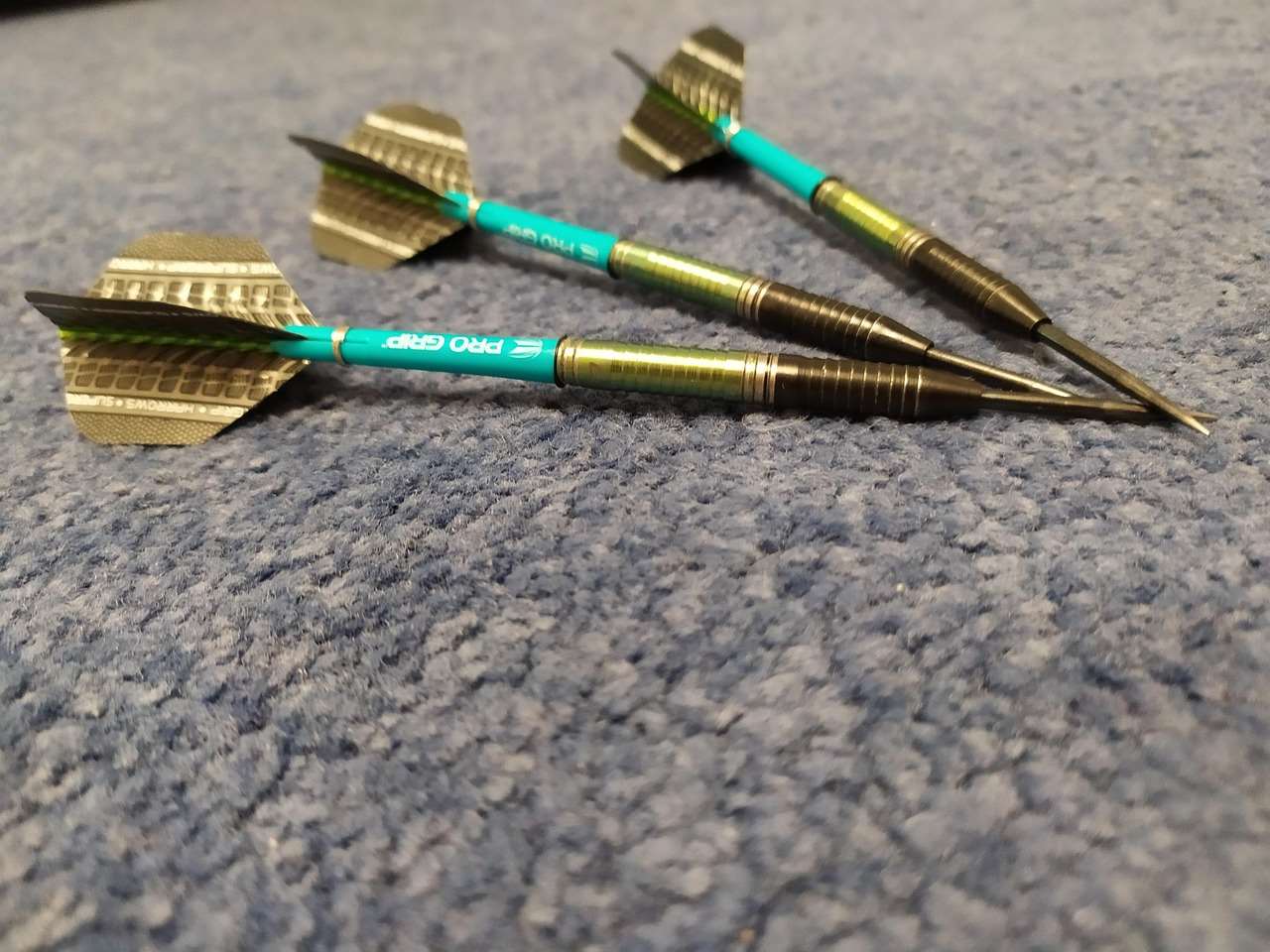Want to dominate your fantasy darts league? Fantasy Darts Predictive Models are your secret weapon, using data-driven analysis to forecast player performance and give you a competitive edge. This article explores the power of these models, covering everything from basic statistics to advanced techniques, helping you draft a winning team.
⚠️ Still Using Pen & Paper (or a Chalkboard)?! ⚠️
Step into the future! The Dart Counter App handles all the scoring, suggests checkouts, and tracks your stats automatically. It's easier than you think!
Try the Smart Dart Counter App FREE!Ready for an upgrade? Click above!
Understanding the Basics of Fantasy Darts Predictive Models
Before diving into complex algorithms, let’s establish the foundational elements of Fantasy Darts Predictive Models. These models rely on historical data and statistical analysis to project future performance. The core idea is simple: past performance is often indicative of future results, although external factors can always play a role.
Key data points used in these models often include:
- Average score per dart (APD): A fundamental metric showcasing a player’s overall scoring efficiency.
- Checkout percentage: Reflects a player’s ability to finish legs under pressure.
- 180s per leg: Measures a player’s maximum scoring potential.
- First 9 dart average: Gives an indication of how strong the player starts a leg.
- Head-to-head records: How well a player performs against specific opponents.
These stats are not just numbers; they tell a story about a player’s strengths and weaknesses. By analyzing these metrics, we can begin to build a predictive model that estimates how a player will perform in upcoming matches. Darts culture is a big part of the game, but numbers are king when building your Fantasy team!

Building Your Own Simple Predictive Model
You don’t need to be a data scientist to create a basic Fantasy Darts Predictive Model. Here’s a step-by-step guide to get you started:
- Gather Data: Collect historical data for all relevant players. Websites like DartConnect and DartDatabase are excellent resources.
- Calculate Key Metrics: Calculate the average APD, checkout percentage, and 180s per leg for each player over a set period (e.g., the last 6 months).
- Assign Weights: Determine the relative importance of each metric. For example, you might weight APD more heavily than 180s per leg.
- Create a Scoring System: Develop a formula that combines the weighted metrics to generate a predicted score for each player.
- Test and Refine: Compare your model’s predictions to actual results and adjust the weights and scoring system as needed.
For example, you might give APD a weight of 50%, checkout percentage a weight of 30%, and 180s per leg a weight of 20%. You could then multiply each player’s metric by its corresponding weight and sum the results to obtain a predicted score. Remember that this is a simplified example. More advanced models incorporate additional factors and use more sophisticated statistical techniques.
Advanced Techniques for Fantasy Darts Predictive Models
While basic models can provide valuable insights, advanced techniques can significantly improve accuracy. Here are some more sophisticated approaches to consider incorporating into your Fantasy Darts Predictive Models:
Regression Analysis
Regression analysis is a statistical method used to model the relationship between a dependent variable (e.g., match score) and one or more independent variables (e.g., APD, checkout percentage). By fitting a regression model to historical data, you can predict future match scores based on the players’ key metrics. Different regression types exist, including linear regression, polynomial regression, and multiple regression, each suitable for different data patterns.
Machine Learning
Machine learning algorithms can learn complex patterns from data and make predictions with high accuracy. Several machine learning techniques are well-suited for fantasy darts prediction, including:
- Decision Trees: Decision trees create a hierarchical structure of rules based on the data, allowing for easy interpretation and prediction.
- Random Forests: Random forests are an ensemble of decision trees, which improves accuracy and reduces overfitting.
- Neural Networks: Neural networks are complex models that can learn highly nonlinear relationships between variables, making them suitable for capturing subtle patterns in darting data.
Implementing these techniques requires a deeper understanding of statistics and programming, but the potential payoff in terms of prediction accuracy can be substantial. Consider using libraries such as Python’s scikit-learn to help with the implementation of these algorithms.

Factors Beyond Statistics: Contextualizing Your Model
While statistical analysis is crucial, it’s important to remember that darts is a game played by humans, and numerous non-statistical factors can influence performance. Incorporating these factors into your Fantasy Darts Predictive Models can improve their accuracy.
Consider the following:
- Player Form: Is a player on a hot streak or in a slump? Recent performance can be more indicative of future results than long-term averages.
- Mental Fortitude: Darts is a mental game, and a player’s confidence and ability to handle pressure can significantly impact their performance.
- Match Importance: Players may perform differently in major tournaments compared to smaller events.
- Home Advantage: Some players perform better when playing in front of a home crowd.
- Opponent Matchup: How has the player performed against this specific opponent in the past? Some players simply match up better against others.
Quantifying these factors can be challenging, but even a subjective assessment can help refine your predictions. For instance, you might add a small bonus to a player’s predicted score if they are on a recent winning streak or playing at home. Remember to consider where to find great darting communities to join. These are often great places to pick up on relevant contextual information. Check out the Darts Culture And Community Guide for more on this.
Common Pitfalls to Avoid When Building Fantasy Darts Predictive Models
Building accurate Fantasy Darts Predictive Models requires careful attention to detail. Here are some common pitfalls to avoid:
- Overfitting: Overfitting occurs when a model is too closely tailored to the historical data and fails to generalize to new data. Avoid overfitting by using cross-validation techniques and keeping your models relatively simple.
- Data Bias: If your data is biased (e.g., if it only includes data from a specific tournament), your model may not generalize well to other tournaments. Ensure your data is representative of the situations you are trying to predict.
- Ignoring External Factors: As discussed earlier, external factors can significantly influence performance. Don’t rely solely on statistics; consider contextual factors as well.
- Lack of Testing: Always test your model on historical data to assess its accuracy. Compare your model’s predictions to actual results and refine your model as needed.
- Overcomplicating the Model: Sometimes, simpler models are more effective than complex ones. Start with a basic model and only add complexity if it is necessary to improve accuracy.

Tools and Resources for Building Predictive Models
Fortunately, there are many tools and resources available to help you build Fantasy Darts Predictive Models:
- DartConnect: A comprehensive database of darting statistics, including match results, player averages, and checkout percentages.
- DartDatabase: Another valuable source of darting statistics and historical data.
- Python: A versatile programming language with powerful libraries for data analysis and machine learning (e.g., pandas, scikit-learn).
- R: A statistical programming language widely used for data analysis and modeling.
- Excel: A spreadsheet program that can be used for basic data analysis and model building.
Online forums and communities dedicated to darts and fantasy sports can also be valuable resources for learning from experienced modelers and sharing ideas.
Turning Predictions into Fantasy Darts Success
Building a sophisticated Fantasy Darts Predictive Model is only half the battle. You also need to use your predictions effectively to draft a winning team. Here are some tips:
- Identify Value Picks: Look for players who are undervalued by the market but are predicted to perform well by your model. These players can provide a significant edge over your competition.
- Consider Player Combinations: Think about how players’ strengths and weaknesses complement each other. A team with a mix of consistent scorers and high-potential players may be more successful than a team of all-stars.
- Monitor Player News: Stay up-to-date on player news, such as injuries, personal issues, and changes in form. These factors can significantly impact performance and should be incorporated into your predictions.
- Be Flexible: Don’t be afraid to adjust your team based on new information or changing circumstances. The fantasy darts landscape is constantly evolving, and you need to be adaptable to stay ahead.
The Organizing Local Darts League can be a big project, and it similarly requires a lot of research and statistical insight.

The Future of Fantasy Darts Predictive Models
The field of Fantasy Darts Predictive Models is constantly evolving. As more data becomes available and more sophisticated analytical techniques are developed, the accuracy and power of these models will continue to improve.
Emerging trends in this area include:
- Advanced Analytics: The use of more sophisticated statistical techniques, such as machine learning and deep learning, to model complex patterns in darting data.
- Real-Time Data Integration: The integration of real-time data, such as in-match statistics and player sentiment, to improve prediction accuracy.
- Personalized Models: The development of personalized models that take into account individual player characteristics and preferences.
As these trends continue to develop, Fantasy Darts Predictive Models will become an even more valuable tool for gaining a competitive edge in fantasy darts leagues.

Conclusion
Fantasy Darts Predictive Models offer a powerful way to analyze player performance and gain a competitive edge in your fantasy leagues. By understanding the basic principles of these models, building your own simple model, and incorporating advanced techniques, you can significantly improve your chances of success. Remember to consider contextual factors, avoid common pitfalls, and stay up-to-date on the latest trends in the field. Start building your own model today and see how it can transform your fantasy darts game! To further enhance your understanding and engagement with the darts community, consider reviewing our Darts Culture And Community Guide.
Hi, I’m Dieter, and I created Dartcounter (Dartcounterapp.com). My motivation wasn’t being a darts expert – quite the opposite! When I first started playing, I loved the game but found keeping accurate scores and tracking stats difficult and distracting.
I figured I couldn’t be the only one struggling with this. So, I decided to build a solution: an easy-to-use application that everyone, no matter their experience level, could use to manage scoring effortlessly.
My goal for Dartcounter was simple: let the app handle the numbers – the scoring, the averages, the stats, even checkout suggestions – so players could focus purely on their throw and enjoying the game. It began as a way to solve my own beginner’s problem, and I’m thrilled it has grown into a helpful tool for the wider darts community.